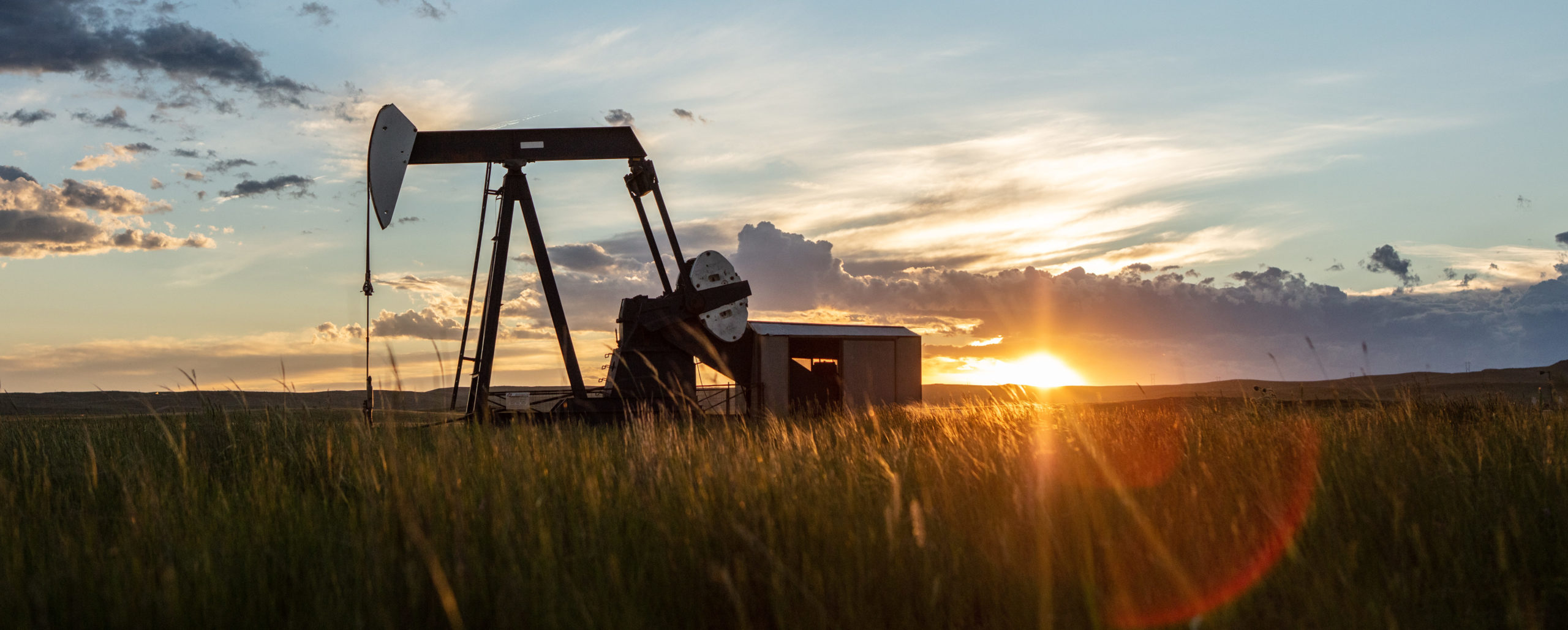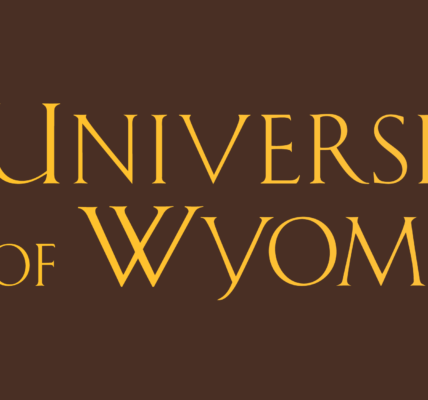
• CREG report informs decisions by lawmakers and policymakers in Wyoming
By Phil Ellsworth
Casper Star-Tribune
Via- Wyoming News Exchange
CASPER — From 2005 to 2014, minerals, including coal, accounted for roughly 60% of Wyoming’s assessed valuation. That’s not the case any more.
In a report to the Legislature’s Joint Appropriations Committee on Thursday, the co-chair of the Consensus Revenue Estimating Group said federal mineral royalties and mineral severance taxes exceeded 40% of the contributions to the state’s General Fund just once in the last 10 years. Last year, they composed 28% of the General Fund.
The fall release of the CREG report typically informs policy decisions throughout the state as lawmakers prepare for the upcoming legislative session.
“Wyoming’s revenue structure is becoming more diversified,” said CREG co-chair Don Richards. “It just is.”
As a result, the state will rely more heavily on oil and gas production, and on the state’s investments, all of which are more volatile than coal, he said.
“These other revenue sources are becoming more important,” Richards said. “Investments are becoming more important. Sales and use taxes are becoming more important. That’s not to diminish the contributions of minerals in any way, shape, or form, but just to show that the tax structure is slowly modifying.”
JAC Chairman and Senate Vice President Dave Kinskey, R-Sheridan, noted that the state’s budget is one of a few closely tied to volatile energy-related funding. Richards said that would likely continue, because oil and gas prices are more volatile than coal.
“We are more and more reliant on oil, which is among the most volatile,” Richards said, adding that investments are also volatile, notwithstanding the fact that the spending policies for the state’s permanent funds mute some of that volatility. “I’ve heard the phrase ‘King Coal.’ For this year, it is really King Oil. We are fortunate not to be North Dakota, not to be Alaska. We really have three strong contributors to the mineral sector, oil, gas and coal. We are not just reliant on oil like Alaska is, or to the large degree North Dakota is. Oil contributed over 50% of the severance taxes this year.”
Oil prices are relatively strong, and production is up about 10%, Richards said.
“We have a lower number of rigs statewide, but they are clearly becoming more efficient because we’re producing more with each new well,” he said.
The CREG forecast is based on oil prices of $70 per barrel, he said, but that could swing either way because of geopolitics in the Middle East, Chinese demands for energy, and other factors.
Richards gave a stark picture of what those swings might mean to the state.
“There is nothing more important to the state’s revenue picture than oil,” he said. “And what that also means is it’s high risk. So if we miss this component by $5 [per barrel], we will be off by $26 million in the General Fund and Budget Reserve combined, and $23 million for the School Foundation Program. Let’s just call it $50 [million]. That’s per year, so $50 million per year, $100 million per biennium. That’s on a $5 change. On $10 change, double that $200 million. We’re playing it with a very high risk.”
As for natural gas prices, he said, “We’re not in the business of predicting summer natural gas prices. We really try to project the average over the year, and it swings relatively wildly. We’ve had several months of $2 natural gas in the state of Wyoming. We had a couple months over $4.”
The CREG forecast for natural gas was $3.50, and the price through the first six months was $3.49, which Richards said was “in large part, luck.”
“The big story on the natural gas side is an overhang of storage. We were 40% above the year-over-year average or year-over-year storage levels and the five-year average storage levels when you left this spring. We’ve whittled that down to about 6% overhang on our storage, but there’s nothing like weather, if we get some cold weather to whittle down that storage and bolster the prices.”
Richards noted the price disparity between natural gas sold at the Cheyenne Hub, currently $1.68, and the Opal Hub, currently $1.94.
“The problem is in the last year or so, I think about 60-68% of our natural gas is now being sold out of the Cheyenne Hub rather than the Opal Hub, so we’re unfortunately garnering the lower of those two prices.”
In terms of coal, the group estimates the very likely risk Wyoming will generate less than 200 million tons of coal this year.
“We have not been in that position in 30 years,” Richards said.
With respect to coal, Richards said, “CREG had the trajectory right, meaning we’ve forecasted downward decline. Our timing was off.
“And as one of the members of CREG mentioned to me, having the right direction and the wrong timing is the same thing as being wrong,” he said to laughter. “Our timing continues to remain uncertain. We get a lot of questions about how do you come up with these reductions in coal? We use publicly available data. We look at the utility plants that use Wyoming coal. We look at the percentage of coal in those plants. We look at their announced closure dates. But their announced closure dates change, and more often than not, they get extended, meaning they extend their life rather than closing sooner.
“Nonetheless, CREG does forecast declines — steeper in the near term than have been previously forecast,” Richards said.
Lower coal production also means fewer sales taxes from the sales of draglines, haul trucks and other equipment, he said. And it leads to fewer consumer retail purchases.
It’s not all bad news, however.
“In the area of accommodations, specifically lodging and online retail sales, I would describe the sales and use tax as slow to moderate increases after two years of vigorous growth,” he said.
Richards said approximately 40% of sales tax revenue is retail, maybe 9%-10% percent from mining, and about 10% is vehicle sales, which show up as and those all show up as government sales because the money is sent to the state from county treasurers’ offices.
“Hospitality is another 15% or so. So now we’re getting up to about the 75% range. The other categories are considerably smaller, such as manufacturing, utilities, and construction,” Richards said.
According to the report, actual FY 23-24 revenues deposited into the General Fund and Budget Reserve Account, and net of transfers under the Permanent Wyoming Mineral Trust Fund statutory spending policy, exceeded the January 2024 forecast revenues by roughly $122.0 million, which included $98.6 million in General Fund revenues and $23.3 million in Budget Reserve Account revenues.
Of this revenue in excess of forecast, $31.5 million will offset prior realized net capital losses.
Due to strong investment revenues, $179.9 million in investment earnings from the PWMTF was transferred out of the General Fund in accordance with state law and deposited in equal amounts to the Legislative Stabilization Reserve Account and Strategic Investments and Projects Account.
The report said four major revenue streams directed to the General Fund and Budget Reserve Account contributed to the difference between actual and forecast revenues in a meaningful way: investment income generated from the State Agency Pool and LSRA and subsequently deposited into the General Fund ($62.9 million), all other revenue ($28.8 million), severance taxes ($18.8 million), and federal mineral royalties ($14.0 million).
Sales and use taxes fell short of the January 2024 CREG forecast ($4.8 million), the report stated.
Richards credited outgoing Wyoming Chief Investment Officer Patrick Fleming as instrumental to the state’s investment successes.
Fleming, Richards said, “elevated the work of CREG considerably through his access to literally some of the best forecasters of commodity prices in the world. We have had special guests for CREG from London, Chicago, New York, and it is largely through his efforts that he has made that possible.”





